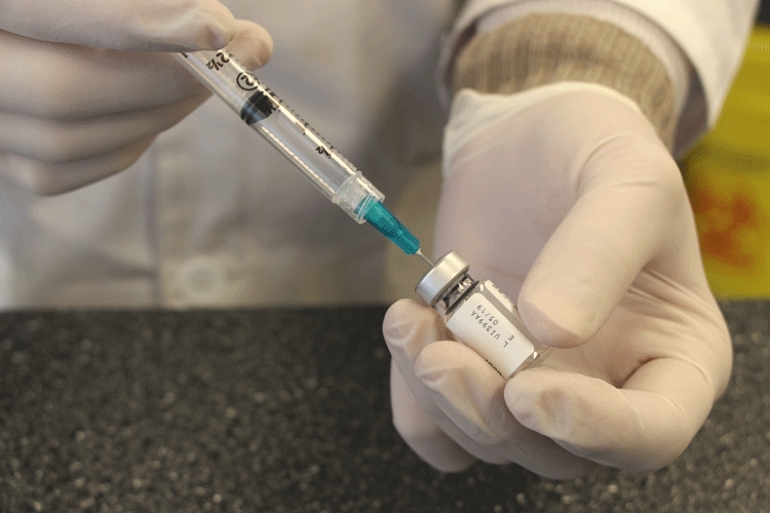The outbreak of measles provincially and nationally has the Saskatchewan Health Authority (SHA) issuing exposure alerts and taking measures to limit the spread. However, Medical Health Officer for the region, Dr. Stanley Enebeli, acknowledges the effective response observed in our communities, saying the region has seen little transmission.
Now, as the colder months approach and students return to school, Dr. Enebeli explains how people can protect themselves and continue to limit the spread of measles.
“The single most important way to prevent measles is to be immunized with the measles vaccine. It has very good protection with two doses. You are almost 100% protected against measles if you're exposed.”
These immunizations are typically administered at 12 months and 18 months old. Saskatchewan residents can log in to their MySaskHealth records to check their immunization status and contact their local public health office if they are not up to date.
“We are more than willing to have you come attend one of our clinics and get you updated with the measles-containing vaccine shots, which we've had for decades now, and we've found to be very effective, almost 100% effective at that fact.”
Dr. Enebeli explains that research has shown that if vaccination rates increase to as high as 95 percent, we can easily break the chain of transmission, especially at schools. He says measles is highly contagious and easily spread through the air. The virus can even remain airborne for up to two hours after a person infected with the virus leaves an area.
He stresses that it only takes one unvaccinated person to introduce a virus like measles into our communities, and outlines some of the identifying symptoms of measles.
“Generally, what we've found with patients or individuals infected with measles, it usually starts with a high fever, cough, runny nose, and red eyes. After a few days, there is this red blotchy rash that appears. It starts on the face, behind the ears, and it spreads down to the chest and to the rest of the body.”
Anyone experiencing measles-like symptoms should isolate immediately and should not attend public spaces, including schools and daycares, for at least four days after the rash first appears. This prevents the spread of the virus.
Dr. Enebeli also advises of complications observed in some measles patients.
“You could have pneumonia or ear infections. Sometimes we've seen in rare cases, blindness, as well as inflammation of the linings of the brain and death.”
He encourages anyone who believes they have measles to speak to their healthcare provider or contact HealthLine at 811. This allows the SHA to minimize the spread of measles and limit exposure at hospitals and other healthcare facilities.
